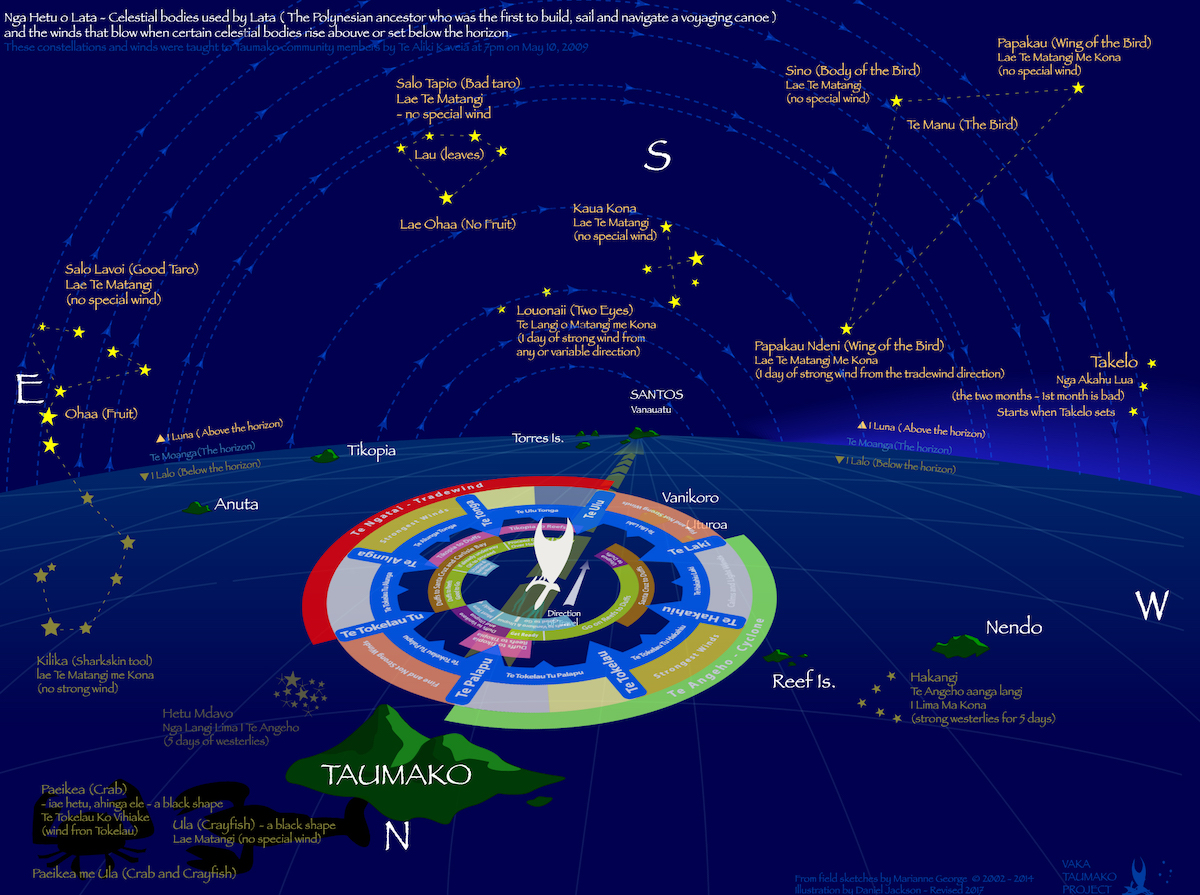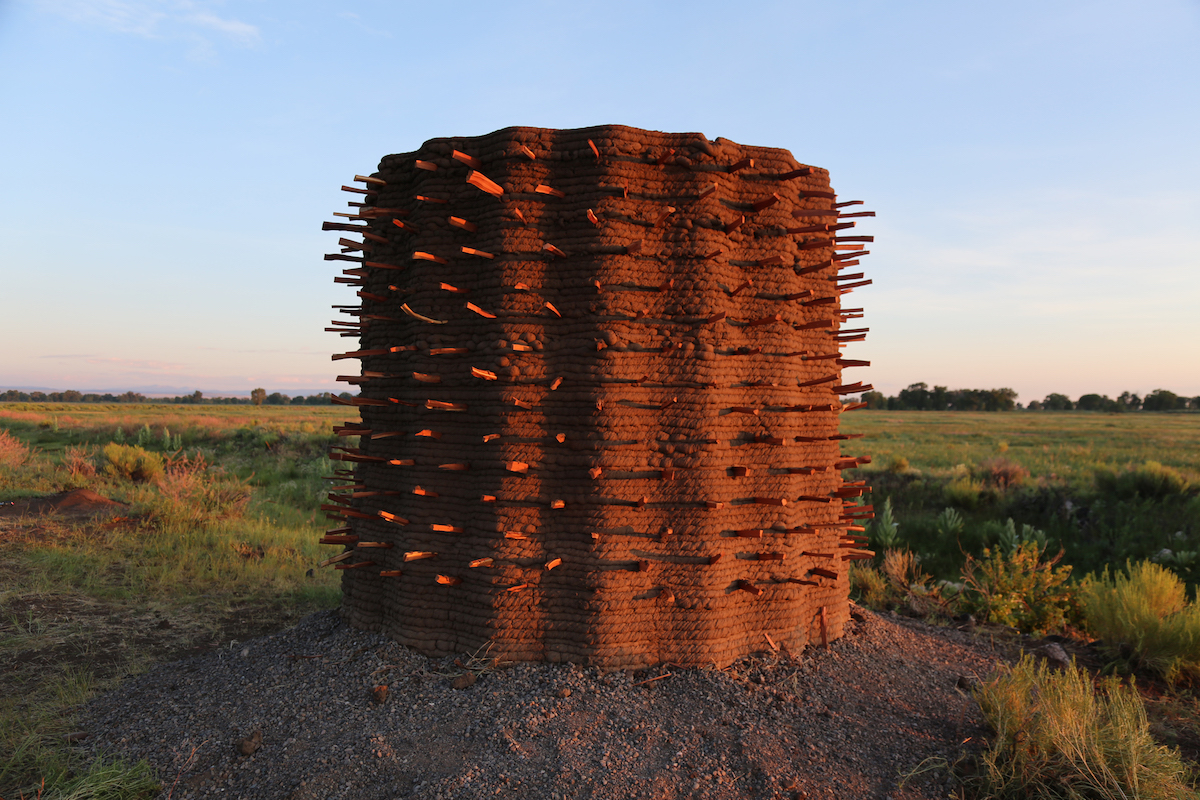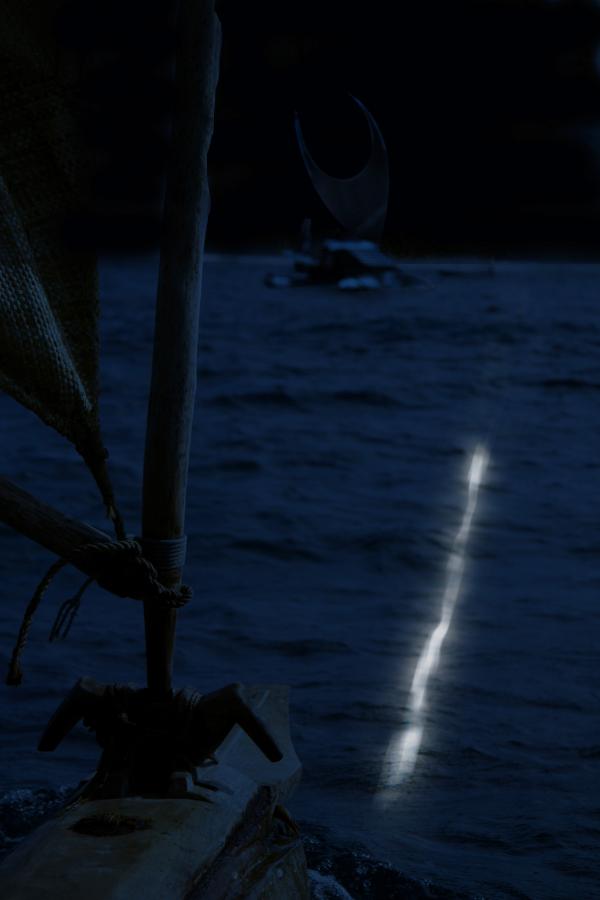The Art + Technology Lab at LACMA is pleased to announce the recipients of its 2020 Art + Technology grants.
The grant awards include monetary and in-kind support for projects that engage emerging technologies. LACMA issued the 2020 Request for Proposals in December 2019, and the museum received over 600 submissions. The grant recipients selected for 2020 will work with 3D printing and reconstituted materials, robotics and crowdsourcing, Indigenous navigation techniques, and natural building practices and additive manufacturing.
The Art + Technology Lab and its artist projects receive the support of an advisory board composed of the leading innovators across a variety of technological industries. Advisory board members lend their experience and expertise and help drive the conversation around how museums will use new technology in the future. Announced today is the addition of new technology partner, YouTube Learning. YouTube Learning joins current advisory committee members Accenture, Hyundai, Snap Inc., and SpaceX. Artists Micol Hebron and Dan Goods and technologist Chris DeFay are participating independent advisors. This year, the Art + Technology Lab welcomes Tobias Rees, founding Director of the Berggruen Institute's Transformations of the Human Program, as a visiting advisor. The Lab is part of The Hyundai Project: Art + Technology at LACMA, a joint initiative exploring the convergence of art and technology.
2020 Art + Technology Lab Grant recipients:
Matthew Angelo Harrison will collaborate with materials scientists on a material that can be reconstituted for 3D printing of environments that can go through cycles of creation and decay to explore the notion of "abstract ancestry." The artist will utilize 3D printing technology to recreate structural environments relevant to the African diaspora and labor history. Harrison's project is called The Consequence of Platforms.
.jpg)
Agnieszka Kurant will develop a group of shape-shifting sculptural organisms, algorithmically controlled by a collective intelligence of users from around the world. The participants' data and live inputs will be harvested by artificial intelligence neural networks to create an ecosystem of evolving, polyphonic forms, alternately natural and artificial, living and not, biological, geological and algorithmic. Kurant's project is called Artificial Society / Collective Tamagotchi.

Kyle McDonald, Daisy Mahaina from Vaka Valo Association, and Dr. Marianne George will document ancient Polynesian navigation techniques with new technology, including "Te Lapa": a faint burst of light that emanates from land, but has never been recorded. The project aims to build a custom camera rig that can sense this very faint light, and capture the first-ever video of Te Lapa. Documentation resulting from the project will serve as a pedagogical tool. McDonald, Mahaina, and George's project is called Te Lapa: Polynesian Navigation Illuminated.

Virginia San Fratello and Ronald Rael will reexamine Indigenous mud-based building materials through 21st-century robotics, to contemplate the past and future of Pueblo de Los Ángeles, historical home to the Chumash and Tongva, Spain, Mexico, and now the United States. San Fratello and Rael will create proto-architectures that connect building traditions at opposing ends of a technological spectrum. San Fratello and Rael's project is called MUD Frontiers / Zoquetes Fronterizos.
Stay tuned for updates on the projects in the coming months and congratulations to the recipients!
The Art + Technology Lab is presented by
The Art + Technology Lab is made possible by Accenture, YouTube Learning, and Snap Inc.
Additional support is provided by SpaceX.
The Lab is part of The Hyundai Project: Art + Technology at LACMA, a joint initiative exploring the convergence of art and technology.
Seed funding for the development of the Art + Technology Lab was provided by the Los Angeles County Quality and Productivity Commission through the Productivity Investment Fund and LACMA Trustee David Bohnett.





